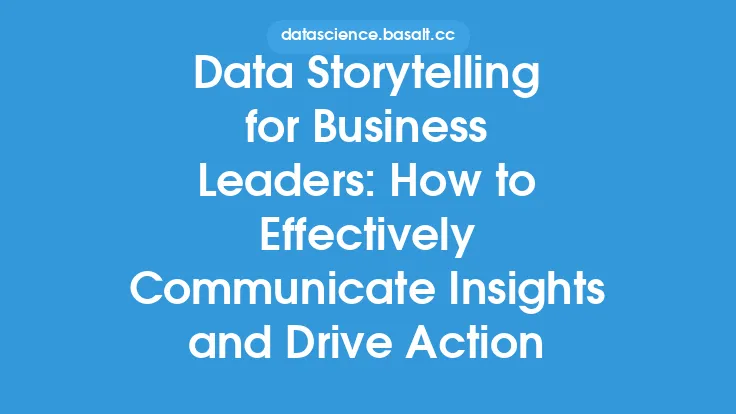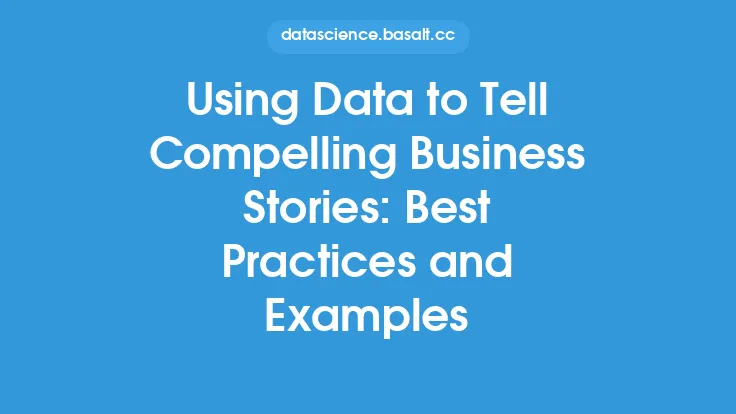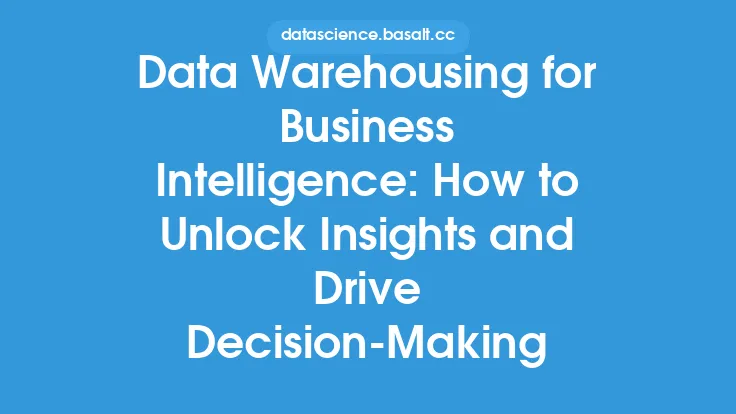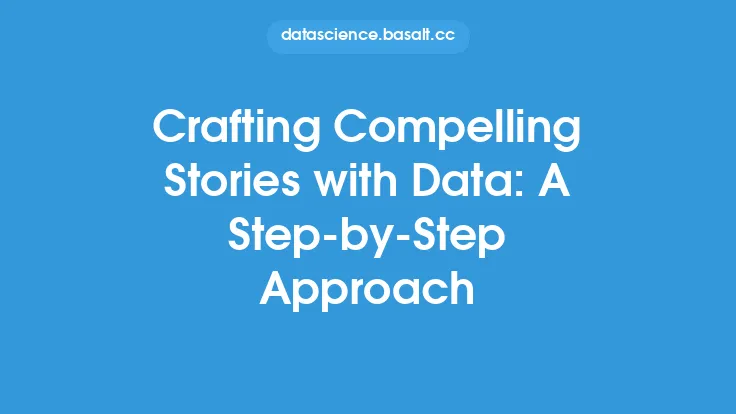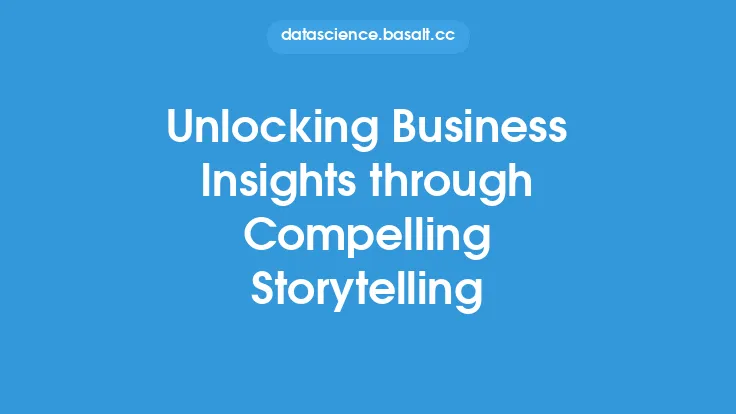In the realm of business intelligence, data is king. However, with the sheer volume of data available, it can be overwhelming to make sense of it all. This is where storytelling comes in – a powerful tool that can help drive insights and action. By crafting compelling business stories, organizations can turn complex data into a narrative that resonates with stakeholders, inspires action, and ultimately drives business success.
Understanding the Power of Storytelling in Business Intelligence
Storytelling has been a cornerstone of human communication for centuries, and its application in business intelligence is no exception. When done correctly, storytelling can help to contextualize data, making it more relatable and memorable. This, in turn, enables stakeholders to understand the insights and recommendations that emerge from data analysis, and to make informed decisions that drive business outcomes. The power of storytelling in business intelligence lies in its ability to convey complex information in a simple, yet compelling way. By using narrative techniques such as characters, plot, and setting, storytellers can create a rich and immersive experience that engages stakeholders and inspires action.
Crafting Compelling Business Stories
So, how do you craft a compelling business story? The first step is to identify the key message or insight that you want to convey. This could be a trend, a pattern, or an anomaly in the data that has significant implications for the business. Once you have identified the key message, you need to develop a narrative that brings the data to life. This involves creating a clear and concise storyline, with a beginning, middle, and end. The storyline should be supported by relevant data and analytics, and should include characters, such as stakeholders, customers, or employees, who are impacted by the insights and recommendations. Finally, the story should include a clear call to action, outlining the steps that stakeholders need to take to address the insights and recommendations.
The Role of Data Visualization in Business Storytelling
Data visualization plays a critical role in business storytelling, as it provides a powerful way to communicate complex data insights in a simple and intuitive way. By using visualizations such as charts, graphs, and tables, storytellers can create a rich and immersive experience that engages stakeholders and inspires action. There are many different types of data visualization, each with its own strengths and weaknesses. For example, bar charts and line graphs are great for showing trends and patterns, while scatter plots and heat maps are better suited for showing correlations and relationships. The key is to choose the right visualization for the story you are trying to tell, and to use it in a way that is clear, concise, and compelling.
Best Practices for Business Storytelling
There are several best practices that can help you to craft compelling business stories. First, keep it simple and concise. Avoid using technical jargon or complex analytics that may be difficult for stakeholders to understand. Second, focus on the insights and recommendations that emerge from the data, rather than the data itself. This will help to create a narrative that is relevant and actionable. Third, use storytelling techniques such as characters, plot, and setting to bring the data to life. Finally, include a clear call to action, outlining the steps that stakeholders need to take to address the insights and recommendations. By following these best practices, you can create business stories that drive insights and action, and ultimately drive business success.
Technical Considerations for Business Storytelling
From a technical perspective, business storytelling involves a range of tools and technologies. For example, data visualization tools such as Tableau, Power BI, and D3.js provide a powerful way to create interactive and dynamic visualizations that can be used to tell compelling stories. Additionally, analytics platforms such as Excel, R, and Python provide a range of tools and techniques for analyzing and interpreting data. Finally, storytelling platforms such as PowerPoint, Keynote, and Prezi provide a range of tools and templates for creating engaging and interactive stories. The key is to choose the right tools and technologies for the story you are trying to tell, and to use them in a way that is clear, concise, and compelling.
Measuring the Effectiveness of Business Storytelling
Measuring the effectiveness of business storytelling is critical to understanding its impact on the organization. There are several metrics that can be used to measure the effectiveness of business storytelling, including engagement, adoption, and ROI. Engagement metrics such as page views, clicks, and time on page can provide insight into how stakeholders are interacting with the story. Adoption metrics such as the number of stakeholders who take action based on the insights and recommendations can provide insight into the impact of the story on business outcomes. Finally, ROI metrics such as revenue, profit, and customer satisfaction can provide insight into the financial impact of the story on the organization. By tracking these metrics, organizations can refine their business storytelling approach, and create stories that drive insights and action.
Future Directions for Business Storytelling
The future of business storytelling is exciting and rapidly evolving. With the increasing use of artificial intelligence, machine learning, and natural language processing, it is likely that business storytelling will become even more automated and personalized. For example, AI-powered tools such as chatbots and virtual assistants may be used to create interactive and dynamic stories that are tailored to the needs and interests of individual stakeholders. Additionally, the use of immersive technologies such as virtual and augmented reality may provide new and innovative ways to tell compelling stories that engage and inspire stakeholders. Finally, the increasing use of cloud-based platforms and tools may provide new and innovative ways to collaborate and share stories across the organization. By staying ahead of these trends, organizations can create business stories that drive insights and action, and ultimately drive business success.
